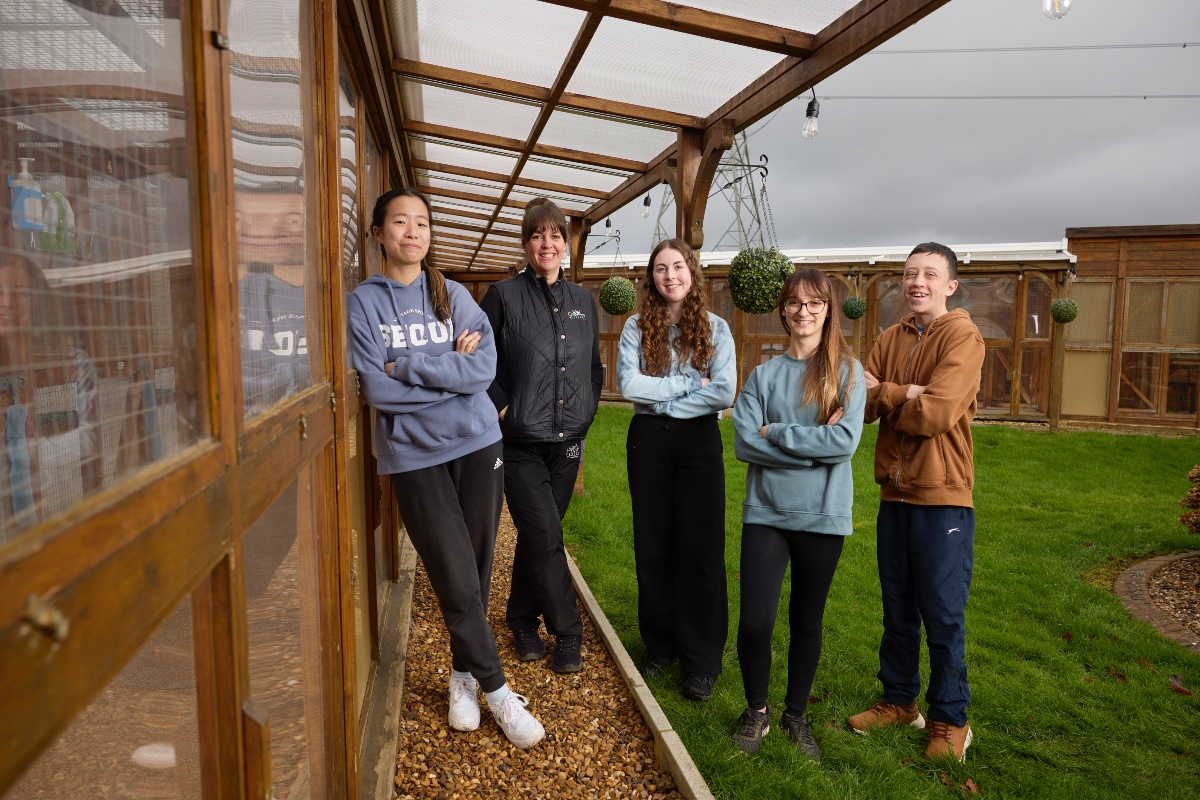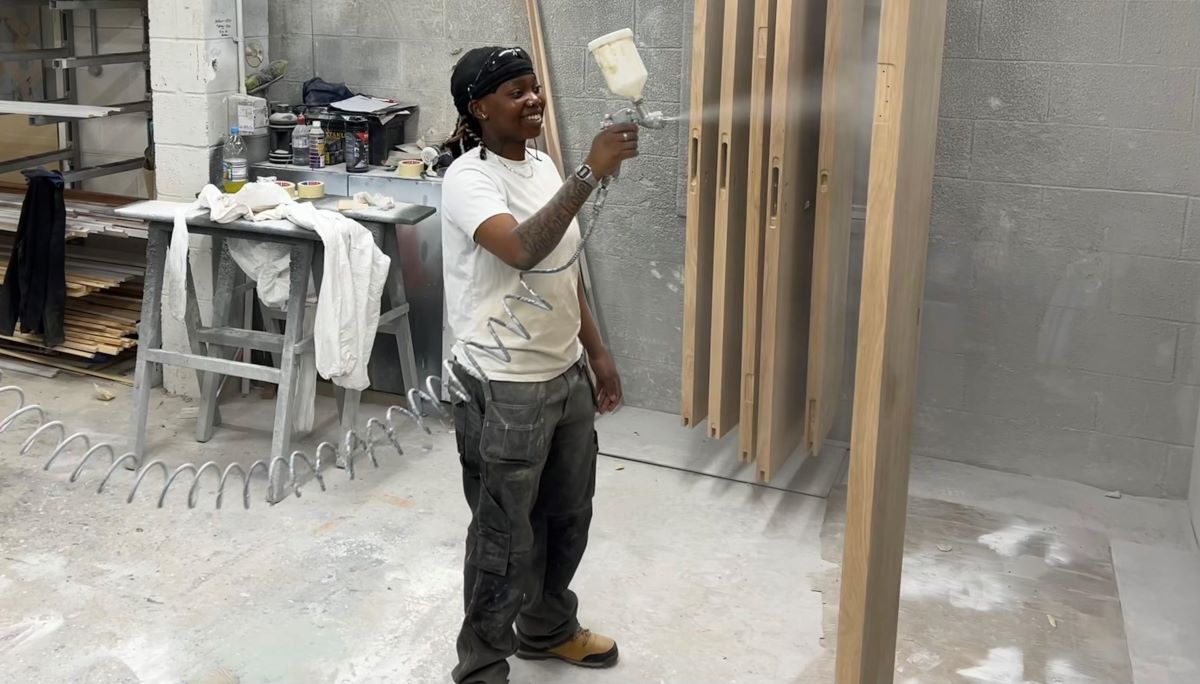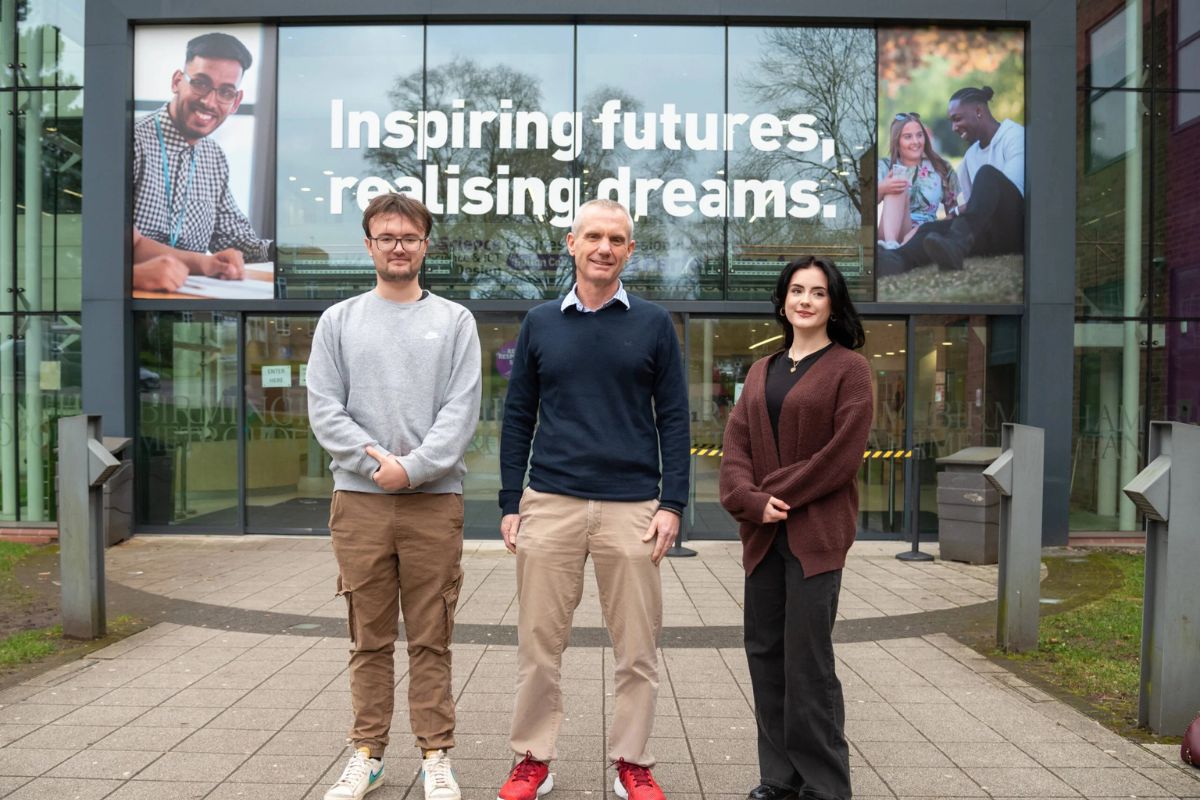What to consider when investing in technologies to future-proof universities

Last year, record levels of young people were accepted into university, surpassing previous figures. With the number of students rising, and over 150 higher education institutions to choose from across the country, there are many factors that come to mind when deciding where to study.
While high-quality teaching, rankings, location, and the course itself, will remain priorities, flexibility is now also a key consideration for students. In fact, in a recent Citrix study, 82% of universities admitted to seeing a demand for blended learning models – a combination of learning on-site and remotely.
Now, in the same way that employees are opting for jobs that offer hybrid working, students also want a more modern and digital approach to education. Technology deployment and accessibility are fundamental to this experience, but there are additional considerations that universities need to be aware of when rolling out a more flexible learning model.
Balancing security and user experience
According to a recent Citrix study, the vast majority of UK universities (90%) say they already have the necessary technologies in place to operate a blended learning model today. To achieve this, many institutions have had to increase the number of devices and applications they use. As a result, they have become more vulnerable to cyber attacks.
Mid-last year, the National Cyber Security Centre responded to further ransomware attacks on the education sector. The campaign emphasised the need to protect their networks and put strategies in place to defend against attacks, following a spike in universities being targeted by cyber criminals.
Now, as higher education institutions continue their digital transformation efforts post-pandemic, finding the balance between security and user experience will remain front of mind. The secure delivery of applications, desktops, data, and services to any device will be central to this.
Leveraging a Secure Access Service Edge (SASE) approach across the entire university ecosystem ensures seamless access to apps, desktops, and devices, while also maintaining security. Combining this with the right networking products means the same level of security and reliability is also extended beyond the traditional campus.
Being mindful of digital exclusion
In addition to increased risk, universities must also be mindful of new technologies creating a sense of digital exclusion. Students still pay the same fee whether they chose to learn on campus full time or take a blended approach to their education.
Universities must therefore ensure that the technologies they are investing in today will work successfully across their entire blended learning model, including any future plans. For those not planning to deploy this way of working (25%), they must be aware of the impact this could have on the attraction, retention, and engagement levels of students and staff.
The ability to connect to any resource, from a multitude of devices, from anywhere, has allowed higher education institutions to provide hybrid learning models. While this has been critical to ensuring the continuation of education during the pandemic, it’s not enough to keep up with ever changing student expectations and demands long-term.
Being able to offer students and staff flexibility to work and learn remotely is going to be key to future-proofing universities. Much like evolutionary designs for the workplace, campus-based learning could be the place for collaboration and practical work, while formal teaching could be delivered virtually.
Education has historically taken a one-size-fits-all approach, but blended learning creates the potential for a far more flexible and adaptable model, that can be better shaped to suit individual needs and requirements. Education is no longer a school or campus that you go to. Instead, it is possible to create a digital space that allows for a more collaborative and inclusive learning experience. It’s now down to universities to provide the right technologies to enable this.
By Mark Sweeney, VP UK & Ireland, Citrix











The potential of good blended learning at undergraduate level also has the possibility of making a massive improvement to university finances and productivity.
There is now a real opportunity to double the number of students on undergraduate degrees by alternating terms of living and learning at home and living and learning on campus.
In order not to overburden existing teaching and other staff, more staff could be recruited. The big cost reduction would be a more productive use of fixed assets such as buildings and equipment.